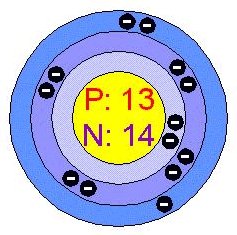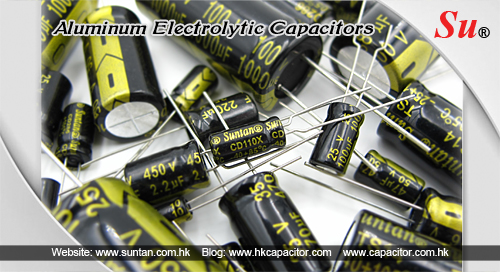If using an iron for manual soldering (for prototyping or repairs, for example) use an appropriate size and temperature so that the high temperature exposure of the trimmer is less than 3 seconds.
We strongly recommend the use of water soluble fluxes for soldering, followed by cleaning in water containing detergents, and then a clear water rinse.
Some operations still use Freon or similar fluorinated or chlorinated hydrocarbon solvents. These solvents have a tendency to remove the lubricant, which in turn makes for bumpy adjustment, and will degrade the tuning torque, adjustment life, and other mechanical specifications.
In general, the minimum exposure to cleaning solutions is recommended. The gentlest would be the detergent and water rinses at fairly low temperatures. When chlorinated or fluorinated hydrocarbons are used, the boards should never be plunged into the solvent solution, but rather maintained in the vapor area of the defluxing equipment, and for the minimum possible time. Most desirable would be to clean only the bottom of the printed circuit board, as with board scrubbers.
The unsealed GKG models are usually specified for consumer applications where cleaning after soldering is normally not required. Should cleaning be required, the method to use would be to clean the bottom of the board, as with board scrubbers. If a solvent is used when cleaning the GKG series, sealed versions should be specified to prevent the solvent from being trapped in the housing and degrading performance.
Other precautions for using ceramic trimmer capacitors include:
Beware of excessive handling with bare hands as, "finger oil" and dirt can bring down Q and insulation resistance values.
Terminals should not be cut or reformed, as this could cause deformation of the spring or breaking of the rotor.


